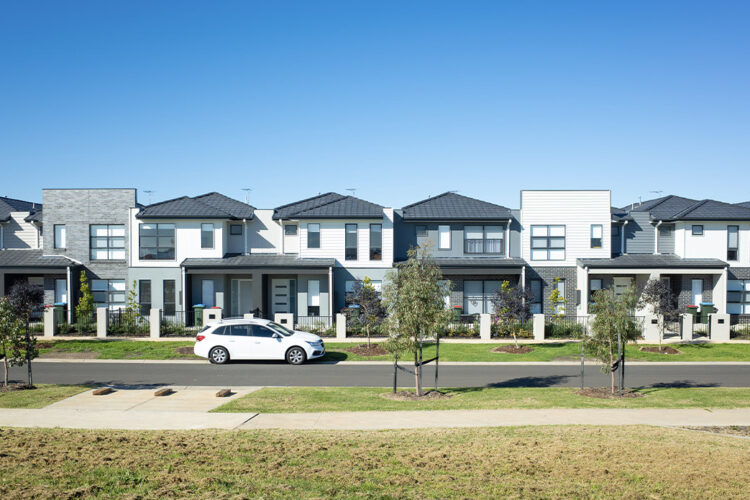As demand continues to skyrocket and supply steadily diminishes, one industry expert steps forward to unpack what the future holds for listing trends.
Eliza Owen, CoreLogic’s head of research for Australia, forecasts the rising demand for houses will have a significant impact on the number of houses available for sale.
“Demand for dwellings has seen an impressive lift in the past two months. Evidence of this can be seen through increases in the CoreLogic Home Value Index, higher auction clearance rates, and a rise in the number and value of housing finance commitments reported by the ABS,” she explained.
On the supply side, she cited data that showed the total volume of dwellings for sale across the country has been trending lower since the onset of COVID-19 restrictions in 2020.
According to the expert, the total stock for sale has been impacted by different factors over the last three years, including low interest rates and a surge in buyer demand.
While there was an elevated volume of new listings between late 2020 and April 2022, Ms Owen noted strong selling conditions meant properties were typically selling within 27 days.
“As of April 2023, there were 138,144 listings observed over the month, which is near decade-lows. Total listings were -31.5 per cent below the decade monthly average, and -33.8 per cent below the average for April,” she stated.
The expert noted low listings in the past 12 months have been the result of a slump in the flow of new listings to the market, where prospective sellers may be resisting selling amid lower home values compared to early 2022.
“As the market has higher rates of growth, the number of vendors who decide to sell increases. On the contrary, as the market moves into a downswing, sellers hold off,” Ms Owen explained.
Analysing the trend from the last 10-year data spanning from April 2008 to April 2023, data from CoreLogic showed that when property values experience a 1 per cent increase over a year, there is typically a corresponding 0.5 per cent rise in the number of new listings during that period.
This indicated that as housing prices go up, it is more common for home owners to decide to sell their properties.
But even as national home values bottomed out in March 2023, Ms Owen noted the volume of new listings was even lower than at the onset of the pandemic in March 2020 and 10.0 per cent below the previous five-year average.
Looking ahead to 2023, Ms Owen said the number of new listings will depend on how much home values increase.
“The outlook for new listings should, to a large extent, be determined by capital growth performance in home values.
“Going by the historic average, if national home values continue on the current trajectory through to the end of the year, that is rising at half a per cent per month (as recorded in March and April), home values would end the year around 4.1 per cent higher,” she explained.
Ms Owen forecasts that if home values continue to rise at the same pace observed through March and April, historic analysis suggests a 2 per cent bump in new listings this calendar year, equating to 494,753 listings over 2023.
“Given 2022 saw a fairly lacklustre spring selling season, a continuation of recent capital growth could see higher volumes in the second half of this year than last year,” Ms Owen commented.
But Ms Owen acknowledged there is still a degree of uncertainty about how the projections will unfold, with the housing market still recovering from the downturn and the possibility that interest rates may still continue to affect affordability.
“Alternatively, there is a scenario that presents an upside risk for new listings. This would be a situation where vendors may need to sell their home and not voluntarily.
“This may include households struggling to service a mortgage at higher interest rates, particularly amid rising unemployment over the course of the year,” she noted.
On the upside, Ms Owen said this scenario “seems unlikely at present”, given the low volume of new listings to date through rate rises and strong pre-payment buffers across mortgaged households.


